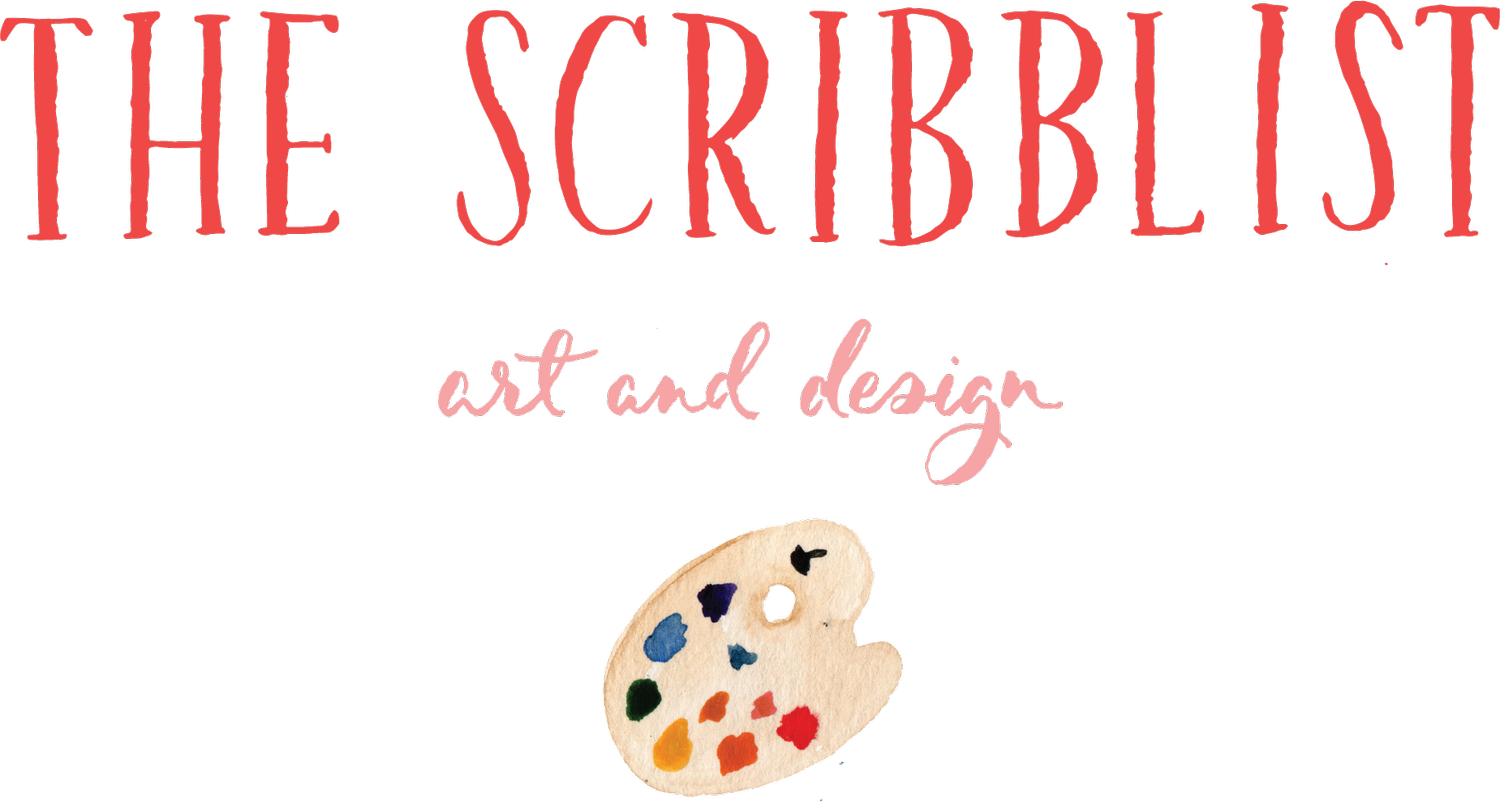5 Tips for Improving Your Lettering
I have an arts education, but when it comes to lettering, I'm 100% self taught. Trust me, my first designs were nothing to write home about, but I was proud of them anyways. I was learning a new skill that I really enjoyed, and it was so satisfying to see that skill grow and improve over time.
This week, I'm sharing 5 tips for improving your lettering skills. Learning how to create beautiful letters is a skill that requires practice and patience, but I truly believe that it is achievable for everyone. So let’s break it down:
PRACTICE, PRACTICE, PRACTICE
I know, it sounds so basic, but this is the most important piece of the puzzle! You need to build your muscle memory, so practicing is key. When we first learn a new skill like lettering, we have to focus so hard on each element. Am I holding my tool correctly? How do I make that shape? The more your practice, the more these things will become second nature to you. You can graduate to focusing on things like experimenting with letter forms and creating interesting layouts.
REPETITION
It might not be very glamorous to write the letter “a” 40 times in a row, but this is another key part of building your skill. In the lettering and calligraphy world, you will often hear this referred to as drills. I have been lettering for many years now, but I still work on my drills either as a warm up, or when I am feeling rusty with a particular letter or alphabet style. If you’re waiting for dinner to finish cooking, or sitting down to watch your favorite tv show, grab some paper and your writing tool and do some drills. This is will help speed up your improvement SO MUCH.
FIND THE RIGHT TOOL FOR YOU
There are a lot of different pens, pencils, and calligraphy nibs in the world, and sometimes finding the right one for you can make all the difference in the world. When I was learning pointed pen calligraphy, I struggled with the basic Speedball straight pen and nib I had picked up at my local art supply store. Once I tried an oblique pen and Nikko G nib I was FLOORED at how much easier it all came to me. I was finally able to get the hang of it. For brush pen lettering, there are some pens that have a soft tip and others that have one that is more firm. Depending on your natural grip, one might work better for you than the other. Don’t give up after trying out just one tool. If you don’t get my emails yet, be sure to subscribe and you’ll receive a list of my favorite supplies with links on where to buy them!
USE GUIDE SHEETS, TRACING PAPER AND GRIDS
One of the trickiest parts of lettering is creating letters that are consistent in size and angle. Most script alphabets will have letters that lean to the right. This can be a hard adjustment if you don’t naturally write letters with a slant. There are so many different guide sheets out there that are designed to help with things like this. You can find ones that include an angle to follow, or even basic guide sheets with a topline, midline, and baseline designed to help with size consistency. Grids are great for drawing out block letters, and tracing paper is ideal for beginners to help you get a feel for new alphabet styles. Like the pens, you will want to try a few to see what is helpful to you.
POSTURE AND PLACEMENT
Where you sit to work and how you set up your space is important. For calligraphy styles, it is especially important to sit up straight, give yourself plenty of room, and have enough space to rest your elbow on the table. For most lettering styles, you will want to be moving your arm, not your wrist, to move your hand and the pen. In order to do this, you need space. You might also notice that as you near the bottom of the page, things start to get harder. That’s because as we move down the page, our arm starts running in to our body. You will want to shift your paper up the table some to create more space.
Bonus tip: Be PATIENT with yourself. Building a new skill takes time, and you’re doing great! I love instant gratification, but I’m so glad I didn’t give up when my letters weren’t looking as lovely as I wanted them to at the beginning.
Feel free to ask questions in the comments — I’ll make sure to help troubleshoot any specific problems you may be facing. And for more tips and tricks, sign up for our newsletter here! Happy lettering!

